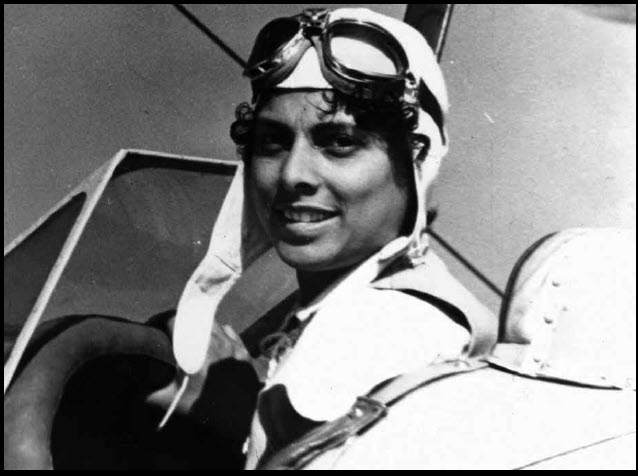 By: Ali Elizabeth Turner
By: Ali Elizabeth Turner
Willa Brown was born in 1906, in Kentucky. Her father was African-American and her mother was Native American. To describe Willa as extraordinary does not do her justice, but her great contribution during WWII specifically was to train more than 200 Tuskegee Airman in the art and science of flying. As a young woman, Willa was absolutely fascinated with everything that pertains to aviation. She became the first African-American female licensed pilot in the US, and she also attained a Master’s Aircraft Mechanic license. This was done by 1938, certainly before anyone had any idea that her teaching abilities would be called upon to save American lives as the Red Tails fought in Europe a few years later.
Athens Now has a tagline, and it is “Information and inspiration.” I was thinking about the power of both when I discovered not only Willa Brown but also the woman who inspired her to fly, Bessie Coleman. Bessie was also African-American and actually was the first African-American woman to earn a pilot’s license, but because of Jim Crow, Bessie had to go to France to study flying and get licensed. When Bessie came back to the States as a licensed pilot, she made national headlines. She spent time as an exhibition flyer, and a tragic plane crash took her life at the tender age of 34.
During her lifetime, Willa earned a master’s degree in business administration from Northwestern University in Illinois. She was a social worker with the Works Progress Administration during the Great Depression, and her other career accomplishments were working as a lab assistant in colleges, a secretary, and a post office clerk.
Willa and her husband, Cornelius Coffey, founded the Coffey School of Aeronautics and fought to be able to become part of the Civil Air Patrol. Cornelius was Willa’s mentor and flight teacher and had been the one to get and keep her in the skies. The Coffey School of Aeronautics admitted both men and women irrespective of color. Willa served as everything from administrator to running the lunch facility. The Coffey School proved invaluable as part of the Civil Air Patrol when WWII broke out. The Civil Air Patrol flew missions that included border patrols, anti-submarine operations, and courier services. Willa was commissioned as a lieutenant in the Civil Air Patrol, another first. She and Cornelius helped form the National Airman’s Association of America (NAAA), the first of its kind to encourage aviation in the black community.
The War Department commissioned a Harlem Renaissance illustrator by the name of Charles Henry Alston to do a painting of Willa that made national news. It was entitled, “Aviatrix, Maker Of Pilots,” and the accompanying text described her as one who “still likes to hop into a plane and dash off a few loops, rolls and wingovers!”
Willa Brown was the first African-American woman to run for U.S. Congress. She ran in 1946 as a Republican and was defeated by the Democrat incumbent. She ran again in 1950 and was again defeated. She returned to teaching and retired at the age of 65. Willa passed away in 1996, at the age of 86, and in 2012 she was inducted into the National Aviation Hall of Fame. A remarkable woman indeed, Lt. Willa Brown.
By: Ali Elizabeth Turner







